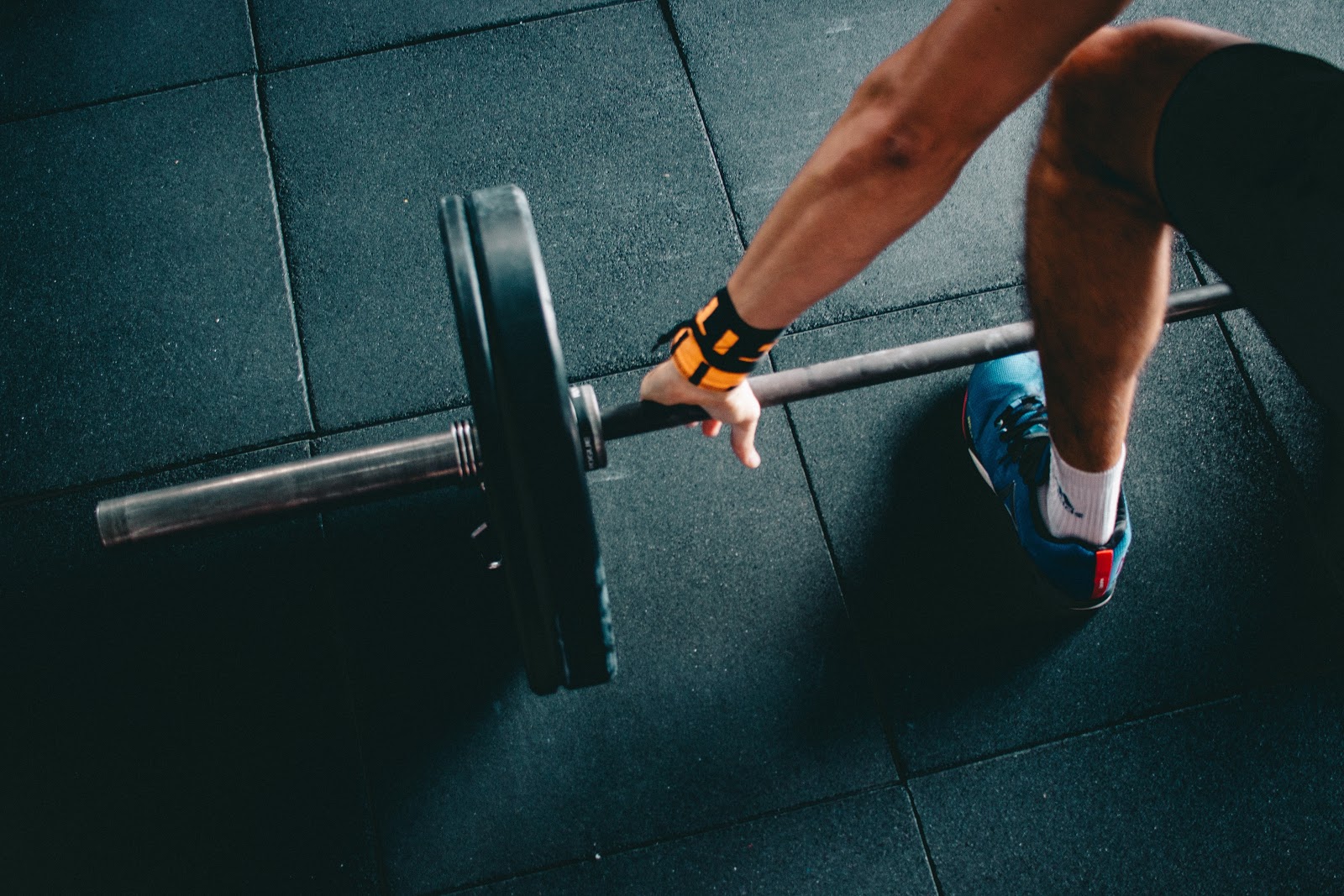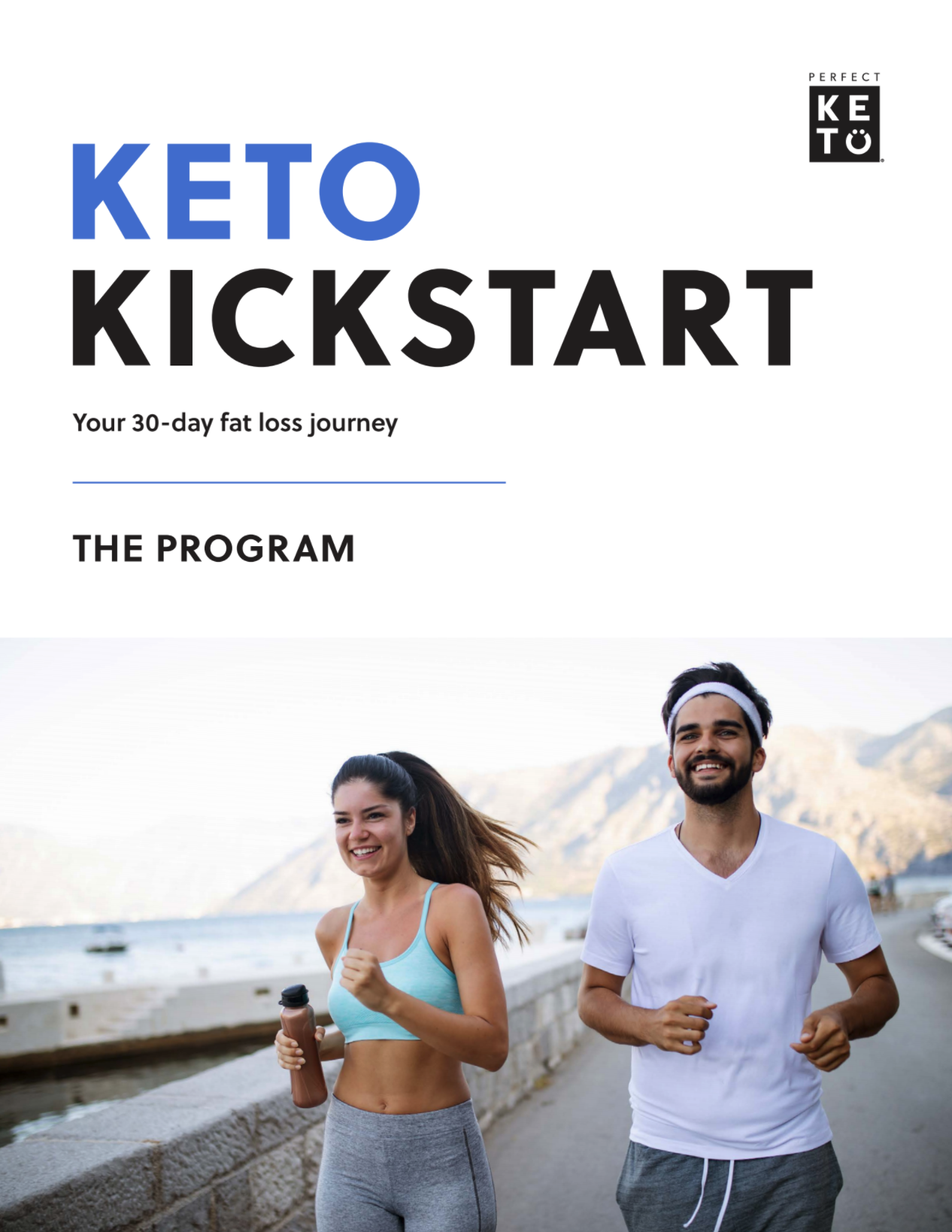When you decide you want to lose some extra pounds and shed bodyweight, the first thing you probably do is deep dive into online research to learn how to cut body fat and what the most popular weight-loss diets are.
While exploring your options, you may come across something called the cutting diet.
In this article, you’ll learn what a cutting diet is, how it compares to a healthy ketogenic lifestyle, and which one you should try to reach your weight loss goals.
What Is a Cutting Diet?
A cutting diet, also known as the “shredding diet,” is a low-calorie, low-carb, low-fat diet plan with the main goal of helping you shed body fat and promote muscle growth.
It’s common among bodybuilders and competitive fitness models, but other people use it to lose weight quickly. Contrary to other weight loss programs, the diet shouldn’t be followed for long periods of time due to its extreme calorie deficit.
In fact, most people only use a cutting diet for a week or so before a competition.
Keto vs. Cutting Diet: What’s the Difference?
The most effective way to determine the right diet for your health goals is to learn the core principles of each option, evaluate the physical and psychological effects that might occur, and see which one best fits your lifestyle.
Here’s an overview of both the keto diet and cutting diet:
Keto Diet Basics
The standard ketogenic diet (SKT) can be adopted as a sustainable lifestyle, either short-term or long-term. The main goal is to get your body into a state of ketosis, a metabolic state where your body uses fat (rather than carbs) as its main energy source.
You can achieve this by following a very low-carb diet, powered by healthy, nutrient-dense foods.
Here’s what it looks like:
- Limit your total or net carbohydrate intake. You can find your recommended total carb intake with this macro calculator.
- Focus on protein and veggies. Protein should consist of high-quality options like grass-fed beef, organic eggs, and wild salmon.
- Then include some healthy fats. Your focus should be on fats like avocado, almonds, and grass-fed butter.
- Water, tea, boosted coffee, kombucha, and coconut water are some of the keto-friendly drinks you can enjoy.
- Some alcohol is considered off-limits, but , you still might be able to indulge in a glass of wine or your favorite whiskey under the right circumstances.
- Getting into ketosis is great for your energy levels, so you may be able to work out harder and longer. A combination of resistance and strength training — aerobic, anaerobic, flexibility, and stability exercises — makes for a varied and complete training routine that will keep things fun and support ketosis[*].
These are general guidelines for a standard ketogenic diet, but you are unique and have specific needs that depend on your health history and fitness goals.
Find out your unique macronutrient ratio with a macro calculator so you can fulfill your body’s nutritional requirements while still attaining your health goals.
A keto macro calculator uses your personal data like age, gender, current weight, height, and activity level. It will then calculate your daily macros, taking into account your total daily energy expenditure (TDEE) and basal metabolic rate (BMR).
Using an app, you can also easily start tracking macros to gain a better understanding of what you’re eating and how it fuels your body. This is especially helpful in the beginning when you’re not fully familiar with how many grams of carbs, fat, and protein are in each meal.
The keto diet has variations for those who lead more active lifestyles and require a higher carb consumption. To learn more about these two flexible dieting versions, check out these articles:
- The Targeted Ketogenic Diet: Everything You Need to Know
- The Cyclical Ketogenic Diet: Strategic Carb Intake for Keto Athletes
Cutting Diet Basics
The principle behind a cutting diet is to reduce your calorie intake so you can boost fat loss and increase your lean body mass. Even though there are many ways to use macros for cutting, most of the common methods follow similar guidelines:
- You’re advised to remove sugar and high GI (glycemic index) foods from your diet, such as white rice and white bread, but you can swap them for whole-grain versions instead.
- You can include some complex carbohydrates in your meal plan, such as sweet potatoes, oatmeal, and beans.
- When it comes to macro ratios, a cutting diet emphasizes the importance of keeping your protein levels high to counteract the possible loss of muscle tissue. Once deprived of carbs, your body might start to reach out for your protein stores (your muscles) for energy. Upping your protein intake can help prevent this situation[*].
- You should minimize your consumption of fats. Some versions recommend adding healthy fats to your last meal of the day since they promote the production of human growth hormone, which is vital for building muscle mass[*].
- Water, green tea, and the occasional black coffee are the only drinks allowed on a cutting diet. Soft drinks and sports drinks are not allowed.
- You should avoid alcohol as it only adds empty calories to your diet.
- Prioritize cardio training (instead of weight training) as it increases your heart rate, which may lead to more fat burning and help you achieve your fitness goals.
Potential Pitfalls of a Cutting Diet

Before beginning a cutting diet, keep in mind the downsides and possible side effects.
#1: You Might Hit a Weight Loss Plateau
If you’re planning on using a cutting diet to reach your fitness goals, you might reach a weight loss plateau. The more you cut your daily calories, the harder it might be to shed those last pounds of body weight.
This happens because your body can go into starvation mode when you cut calories too low for an extended period. Your metabolism slows down and tries to hold on to every bit of remaining calories it still has, possibly hindering your fat-burning rate[*].
#2: You Can End Up Eating More Than You Should
When you eat fewer calories and go low-fat at the same time, your hunger hormones (leptin and ghrelin) fluctuate[*].
When your body is secreting more ghrelin, you may feel hungry all the time, and potentially gain weight[*][*][*].
Even though a cutting diet is popular among the bodybuilding crowd, it might slow down your fitness progress.
Fortunately, you have other options, including the keto diet. Following a ketogenic diet is an effective approach that can nourish your body, support your weight loss goals, and promote muscle growth.
Keto Diet: How to Cut Body Fat, Boost Energy, and Maintain Muscle
The main goal of the keto diet is to put your body in a ketogenic state. As a result, you’ll be producing more ketones and using fat as a primary fuel source.
Getting into ketosis is only possible when you lower your carb consumption, deplete your glycogen stores, and increase your fat intake.
Fat has been shown to be one of the most sustainable energy sources that is linked to many health benefits, from enhanced brain cognition to better mental clarity and overall energy[*][*].
One of the strong points of keto is that once you lower your carb consumption and your body goes into nutritional ketosis, you’re less likely to have carb cravings.
Lower levels of ghrelin (your hunger hormone) and CCK (an appetite stimulator), as well as other chemical changes occur as you become fat-adapted[*]. You’ll have more stable levels of energy and an increased feeling of satiety, making it easier to stick to your diet.
What’s more, research finds that a “low carbohydrate diet could increase energy expenditure during weight loss maintenance[*].” And contrary to what you might have heard, it’s possible to maintain and promote muscle growth when you follow a keto diet[*].
Adopting a keto lifestyle can increase strength and build muscle at the same time. A 2017 study comparing the ketogenic diet with a standard Western diet found that those who followed a keto diet had a higher long-term increase in lean muscle mass[*].
The Bottom Line: Choose Keto for Sustainable Weight Loss
The keto diet doesn’t focus on calorie-counting or promises about how many pounds of bodyweight you’ll lose.
Instead, it’s a highly customizable and nutrient-rich approach that focuses on what your body needs to function at its best.
Everyone’s body type is different and has unique rhythms and macronutrient necessities, and that’s why the keto diet is gaining more followers each day.
If your main concern is how to cut fat and increase lean muscle mass, the keto diet is a much more sustainable option that comes with fewer risks than a cutting diet.
Learn how to begin your keto journey to reap its many benefits including better body composition, higher levels of energy, and improved mental clarity, focus, and mood.
To learn about how keto can help to support your fitness goals, consider reading the following articles:
